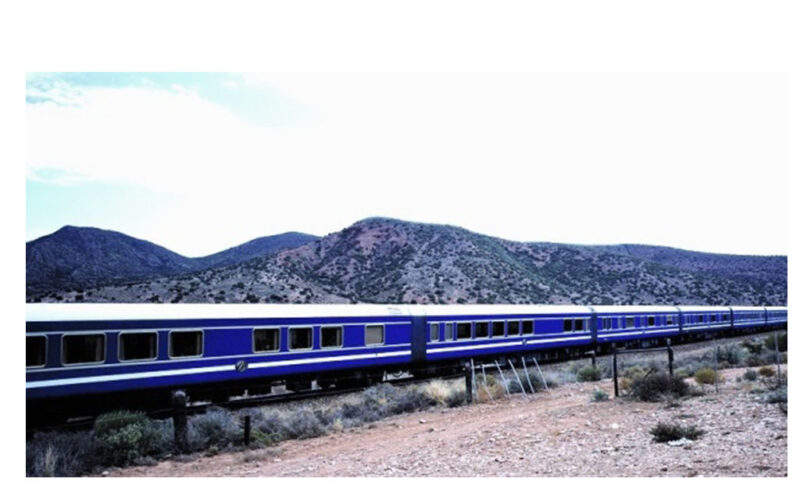Chamwe Kaira
The construction of the ambitious Trans-Kalahari Railway project, a collaborative effort between Namibia and Botswana, is poised to commence in January 2025. The project’s price tag is projected to amount to billions of US dollars. Spanning 1500 kilometers, the railway line will stretch from Mmamabula in Botswana to its final destination, Walvis Bay, primarily serving as a conduit for transporting coal and copper from Botswana.
In a recent announcement, the two nations disclosed their plans to initiate a call for Expressions of Interest (EOI) from interested parties starting from September 6 to November 8. The Trans-Kalahari Railway is conceptualised as a robust freight railway system, connecting Botswana’s Mmamabula coal fields to Namibia’s Port of Walvis Bay. The project is designed to follow a design-build-operate-transfer model.
Transport Ministers John Mutorwa of Namibia and Eric Molale of Botswana jointly stated that after the EOI stage, the Pre-Qualification Stage will take place from December 2023 to February 2024. Subsequently, a Request for Proposals (RFP) period of three months is scheduled from March 2024, with the development or construction phase set to commence in January 2025.
Mutorwa and Molale emphasized the significance of involving affected communities and fostering greater engagement from companies and contractors in both countries throughout the planning, construction, and execution phases. They highlighted that advertisements and relevant information will be disseminated through the websites of the member states’ ministries of transport, railway authorities, Investment Promotion Agencies (APIs), and their respective diplomatic missions abroad.
The two ministers, who attended and co-chaired the Special Joint Ministerial Committee (JMC) of the Trans-Kalahari Railway Line (TKR) Project in Windhoek, Namibia, affirmed their governments’ commitment to realising this pivotal venture. They expressed their contentment with the progress achieved by the rail authorities and senior officials and voiced optimism that the proposed timelines will be adhered to.
This week, the Trans Kalahari Corridor Secretariat is set to be inaugurated in Windhoek, marking another milestone in the project’s development. Looking ahead, the next JMC meeting is scheduled for November 24, 2023, at a venue yet to be determined.
Phase one completed at Omaruru lithium project
Phase one of the Omaruru Lithium Project has been successfully completed, Osino Resources Corporation reported this week. The company said Prospect Resources Limited, the majority owner on the project, will now proceed with phase two of the earn-in agreement.
In the fourth quarter of 2022, Osino entered into an Earn-In and Shareholder Agreement with Prospect, granting Prospect the right to acquire a 40% interest in the project upon the completion of phase one and the potential to increase it to 51% upon completion of phase two. Prospect has the opportunity to earn up to an 85% interest in the project, with Osino being carried until the completion of a Definitive Feasibility Study. The Omaruru Lithium Project is situated 20 kilometers southeast of Osino’s flagship Twin Hills Gold Project.
Heye Daun, Osino’s President and CEO, expressed optimism about the results of the Phase 1 program on the Omaruru Lithium Project, and he anticipates Prospect’s Phase 2 exploration activities and forthcoming results in the next quarter. Osino shareholders will continue to benefit from exploration success at Omaruru while the company remains committed to expediting production at its flagship Twin Hills Gold Project.
The Omaruru Lithium Project is located around the village of Wilhelmstal, east of Karibib encompassing an area of 175 square kilometers. It is strategically positioned near other advanced mining projects, including Lepidico’s Karibib Lithium Project and Osino’s Twin Hills Gold Project. Osino initiated an initial assessment of the lithium potential of the Project between 2019 and 2021.




